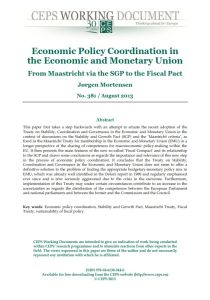
Economic Policy Coordination in the Economic and Monetary Union
From Maastricht via the SGP to the Fiscal Pact
Read or listen offline
Recommendation
How did the integration of Europe’s various national economies become such a mess? Researcher Jørgen Mortensen’s short primer offers a detailed history of contemporary European economic policy, the role of the Economic and Monetary Union (EMU), and the recent ratification of the Treaty on Stability, Coordination and Governance. This is not an easy story to tell; frankly, it’s an alphabet soup of acronyms slow cooked by a bureaucracy that makes the United States’ current political gridlock look speedy by comparison. But Mortensen’s report from The Centre for European Policy Studies succeeds in laying out the complexities of the experiment in multinational political economy that is EMU. Despite its density, getAbstract recommends this treatise to international economic policy makers, investors and corporate finance executives as a refresher on EMU and its seemingly never-ending stream of challenges, past, present and future.
Take-Aways
About the Author
Jørgen Mortensen is an associate senior research fellow at the Centre for European Policy Studies and a research fellow at the Centre for Social and Economic Research.


















Comment on this summary or 开始讨论